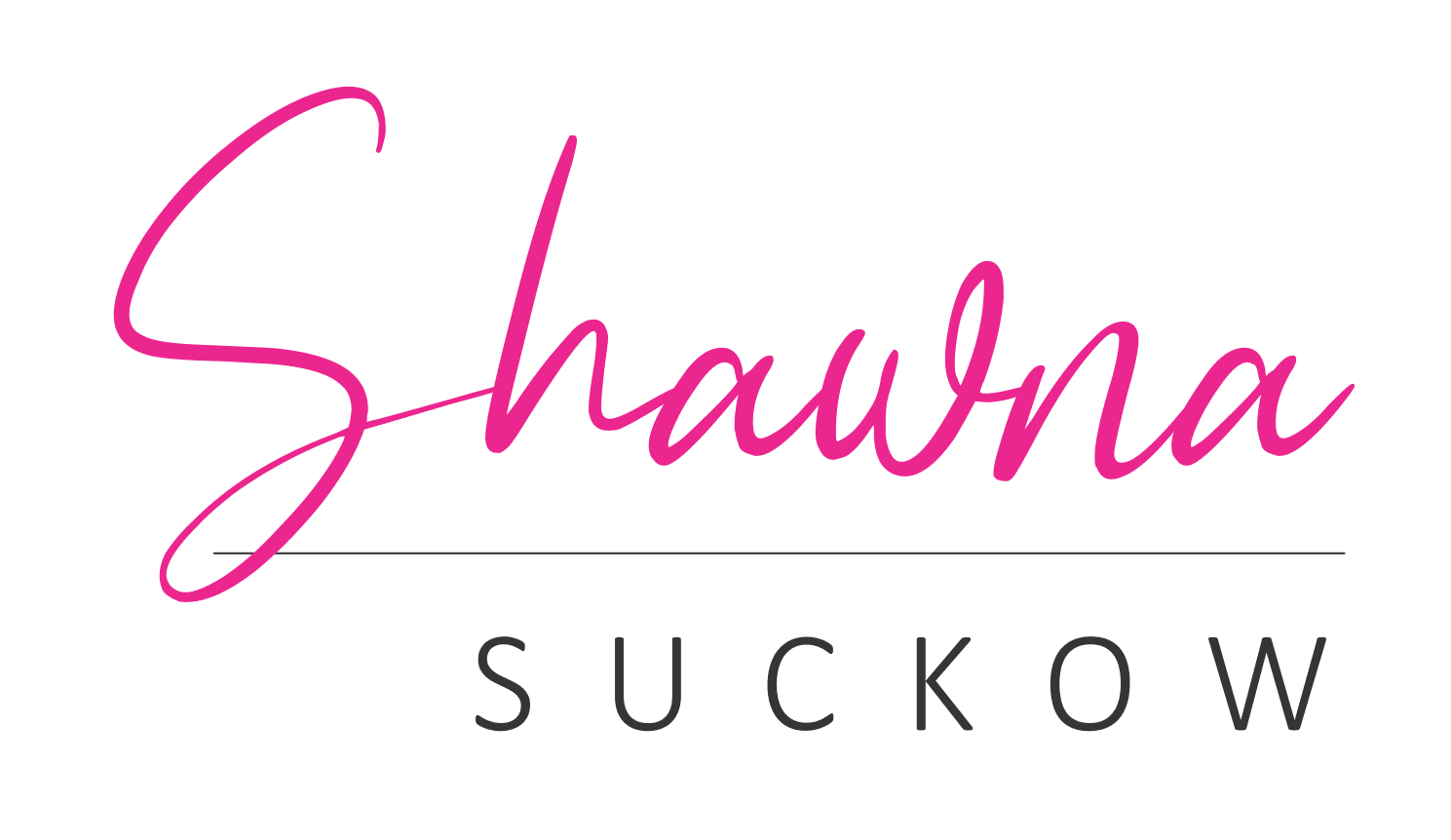Welcome back, sales gurus! Today, I’m going to share some tips on how to get good at sales. Now, I’m specifically talking to those of you who sell high-ticket items, have long sales cycles, or are in an extremely competitive market. However, everyone else is more than welcome to read along! There’s always something new to learn. Regardless of whether you are a seasoned salesperson or new to the field, the world of sales is always evolving. This means that you need to keep your sales skills fresh and be open to innovative approaches that can better captivate your audience. So, fasten your seatbelts because I’m going to help you stand out, build trust, and be more memorable.
1. Build Your Personal Brand
In a fiercely competitive market, building your personal brand is not just a suggestion – it’s a must. Your personal brand is your ultimate tool for setting yourself apart from the thousands of other businesses. Crafting the right personal brand is going to require a bit of self-discovery. Start by identifying and defining your core values. What principles and beliefs do you hold? What motivates you to excel in your field? Trust is a cornerstone of effective sales, and your personal brand will help convey why customers should trust you. Consider what makes you reliable, trustworthy, and different from your competitors.

Now, think about what truly sets you apart. In a world where products and services can often be indistinguishable, it’s your individuality that will be your game-changer. Your unique approach, your perspective, and your ability to solve problems in innovative ways are what set you apart. Be sure to write down these differentiators and make them a central part of your brand’s messaging.
Once you’ve defined your values and unique selling points, it’s time to infuse these into all communication. Your personal brand should be reflected consistently across all your touchpoints with prospects and customers. This includes your social media presence where you share insights, engage with your audience, and show off your knowledge. LinkedIn, especially in the context of B2B sales, is a great platform for your personal brand to shine. Make sure that your profile is polished, up-to-date, and aligned with the message you want to make.
2. Develop a Signature Look

First impressions can be memorable interactions that are worth their weight in gold. Having a signature look is not just about fashion; it’s about making a lasting impact. It’s crafting a persona that is instantly recognizable, not only in person but also online.
Fashion
Your clothing is a canvas for your personal brand. Think about fashion choices that not only make you feel confident and comfortable but also help you stand out. It could be a particular style that sets you apart, like rocking a bow tie instead of a traditional tie. You could embrace a certain dress code that becomes synonymous with your image.

Color Scheme
The use of color can be a potent tool for branding. If you haven’t noticed already, my iconic brand color is pink. Think about incorporating a specific color or combination of colors that align with your personal brand. Whether it’s the color of your clothing, logo, branding, or even your office, this can create a visual connection that people will associate with you.
Online Presence
In an era when the world practically lives on the Internet, your visual signature should extend to your online presence. Your profile pictures, cover photos, and the overall aesthetics of your social media profiles should reflect your signature look. This consistency reinforces your branding and helps you to stand out online.
3. Adjust Your Mindset
The ability to adapt to changing circumstances and constantly evolving consumer behaviors is essential for your success. One of the most significant mindset shifts in modern sales is recognizing that the sales process is a journey. I shared in a recent blog that only 3% of potential customers are in “buying mode” at any given moment. While it’s tempting to focus on this small percentage, nurturing relationships with the remaining 97% is key.
The 97% of potential customers might be in the early stages of research, considering their options, or not even aware of their needs. This is where the real opportunity lies. By shifting your mindset to focus on building relationships with this larger segment, you position yourself for future sales when these prospects eventually move on to the buying phase. When you shift your attention to the 97%, you have the chance to connect with customers on a deeper level. Instead of pushing for an immediate sale, your objective is to engage with them, understand their needs, and provide valuable information and support.
One powerful way to build these connections is through storytelling. Stories have the remarkable ability to resonate with people on an emotional level. Share success stories, case studies, and real-life examples that illustrate how you helped make a difference for others. When prospects can relate to these stories, they are more likely to remember and trust you when they are ready to make a purchase.
4. Use a CRM System
A Customer Relationship Management (CRM) system is invaluable for keeping track of prospects and customers. It allows you to easily keep track of conversations, prevents important information from slipping through the cracks, and improves efficiency. Let’s dive into just how significant using a CRM can be:
Centralized and Organized
A CRM acts as a centralized vault for all customer-related data. This includes contact information, communication history, past purchases, preferences, and any specific needs or challenges they’ve mentioned. In addition to tracking details of prospects and customers, a CRM allows you to categorize and neatly organize your contacts.
Efficient Follow-Ups
Following up with leads and customers is a critical part of the sales process. A CRM can automate and streamline this process, making sure that you reach out at the right time with the right message.
Analytics and Insights
Many CRM systems offer some serious analytics and reporting features – with more information than you could probably ever need! By analyzing your customer data, you can gain valuable insights into your sales processes. You can identify trends and pinpoint areas for improvement.

These are just a few benefits from the long list of ways that using a CRM can help you and your business. There are a million options to choose from, including some free ones such as HubSpot or even a simple spreadsheet.
5. Request Testimonials, Referrals, and Reviews
Making a sale is just the beginning of a new phase of relationship-building. This means that once the sale is made, don’t you dare stop engaging with your customers. One of the most powerful strategies to leverage is actively seeking testimonials, referrals, and reviews from satisfied customers. These post-sale actions not only reinforce your credibility but also have the ability to catapult your business to new heights.
Because we live in a world that is dominated by TikTok and short-form videos, testimonials in video format have a huge impact. Videos are the best way to see and hear someone’s emotions when talking about a product or service. It’s a genuine and authentic opportunity to showcase your value to future clients.
Online reviews can make or break a business. Encourage your happy customers to leave reviews on popular platforms like Yelp, Google, or industry-specific review sites. Positive reviews act as social proof, convincing prospective customers that your solutions are high quality and trustworthy. They also enhance your online visibility and can help your business stand out in search engine results.
Referrals are the hidden gems of sales. They’re like a ripple effect, where one satisfied customer can lead you to multiple new clients. Don’t hesitate to ask your customers if they know anyone who might benefit from your products or services. Many people are more than willing to provide referrals when they’ve had a positive experience. It’s silly to not even ask!
6. Be Respectful in Your Outreach
When outbound prospecting, your approach and communication style can make all the difference. You can either leave a positive lasting impression or quickly be shut down. It’s important to adopt an approach that respects the prospect or client’s time, preferences, and needs.
Respect is the foundation for you to build positive relationships. When you reach out to a prospect, your initial interactions set the tone for your future interactions. Being respectful from the outset demonstrates your professionalism and genuine interest in creating a meaningful connection.
Strategies for Being Respectful:
Ask for Their Preferred Contact Time
Telling someone the exact time and method of contact without considering the prospect’s availability and preferences can come off as pushy. Instead, ask them what the best time would be to chat and if a call works for them. You can also ask them if they have a preferred way for you to deliver the necessary information. Some may prefer email, while others prefer phone calls. Respect their choice.
Be Mindful of Your Tone
Unsolicited outreach can sometimes be seen as intrusive. By approaching potential clients with a respectful and considerate tone, you can mitigate this perception. You’re more likely to be seen as someone genuinely interested in addressing their needs, rather than a salesperson trying to impose their agenda. In addition to your tone, be sure to leave out all of the traditional sales jargon and talk to them like a friend.
Respect Their Response (or Lack Thereof)
After making your initial outreach, be patient and respectful of the prospect’s response. If they express that they are not interested or need more time, listen and acknowledge their decision with professionalism and courtesy.
You Are Now a Sales Superstar!
With the sales world changing as fast as it does, mastering the art of standing out, building trust, and becoming unforgettable is essential. Embrace your personal brand, adjust your mindset, consider utilizing a CRM system, ask for referrals, and always be respectful. By implementing these strategies, you’ll be better equipped to succeed in a highly competitive market.
If you want to learn more about communicating with prospects and customers, read this next!


Recent Comments